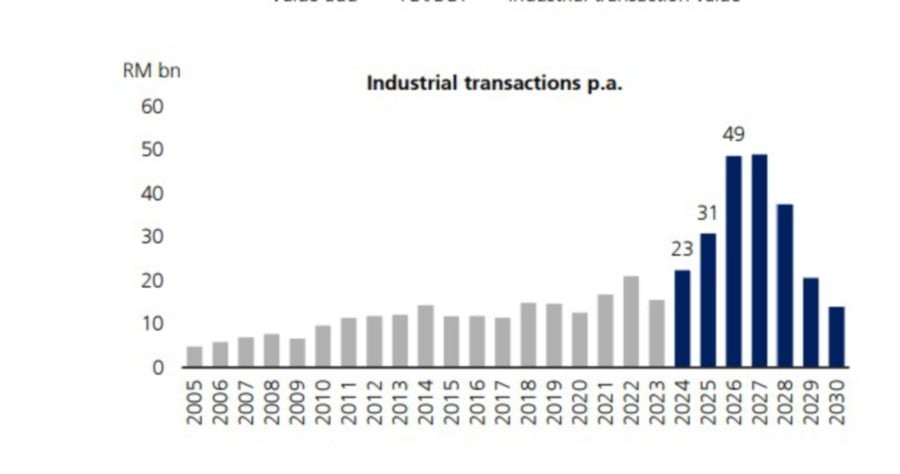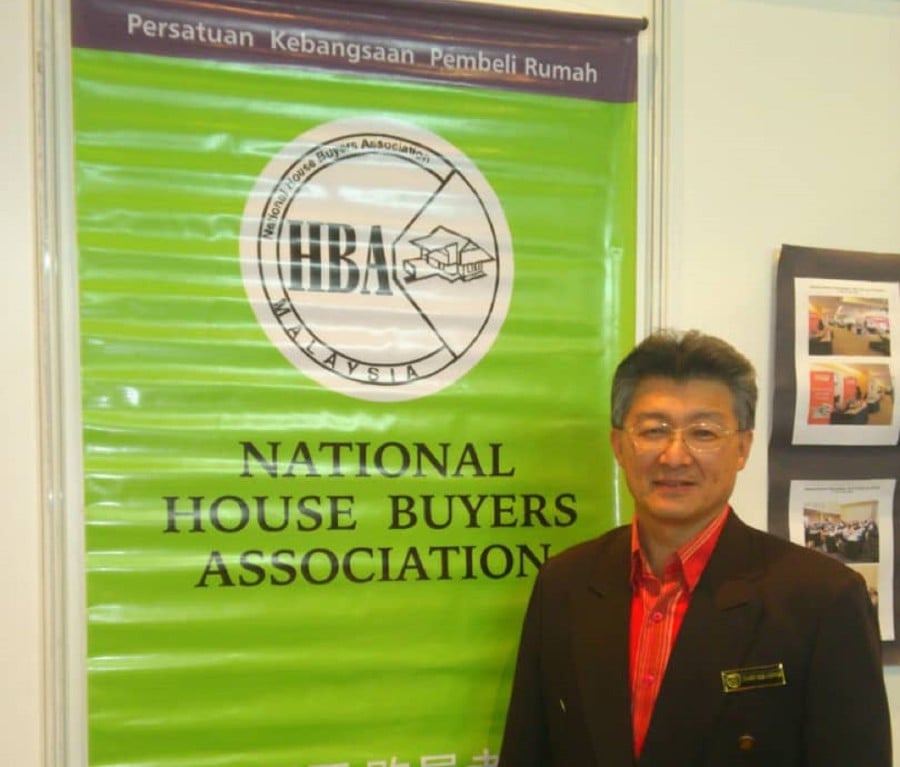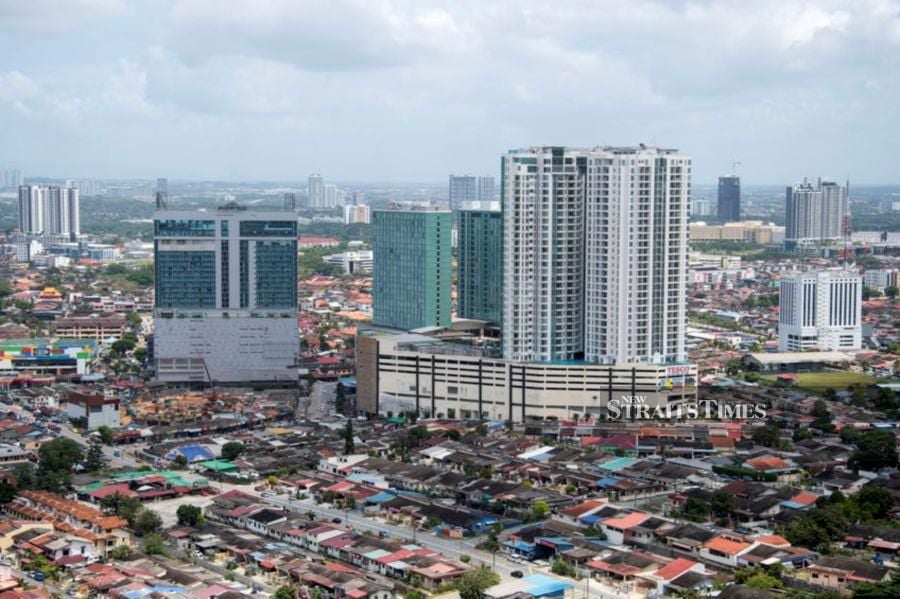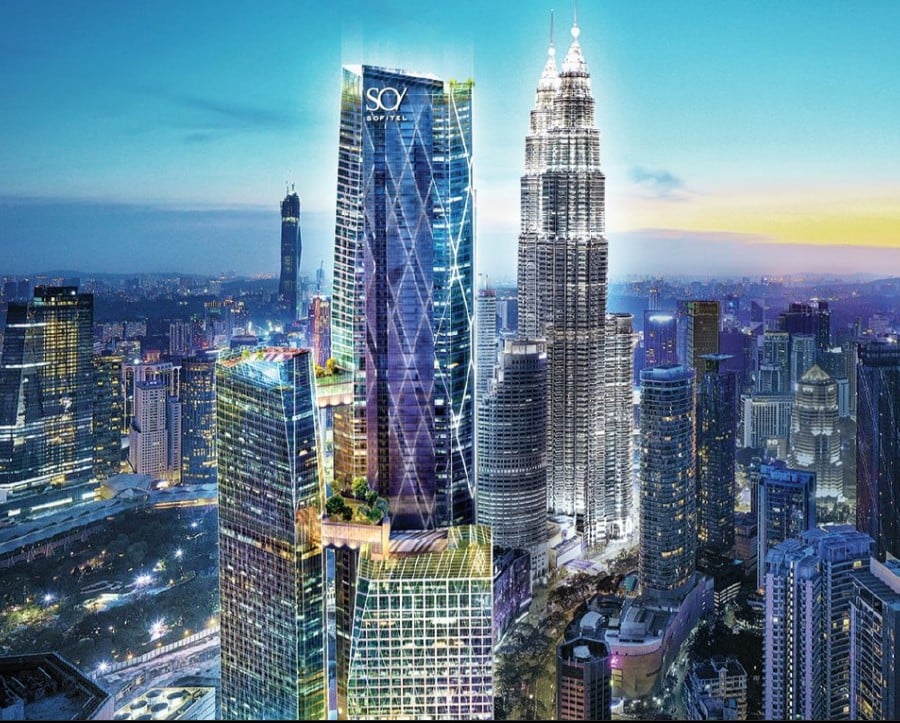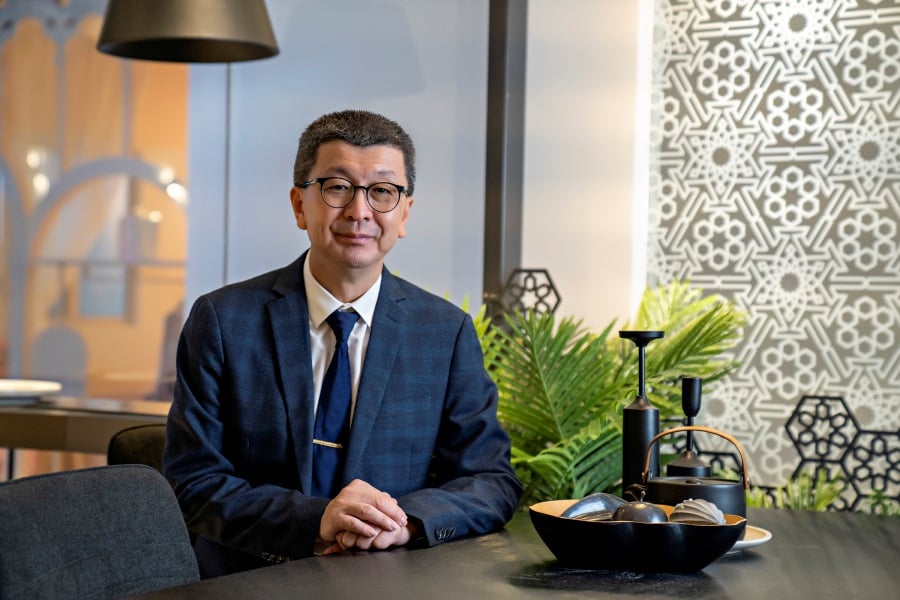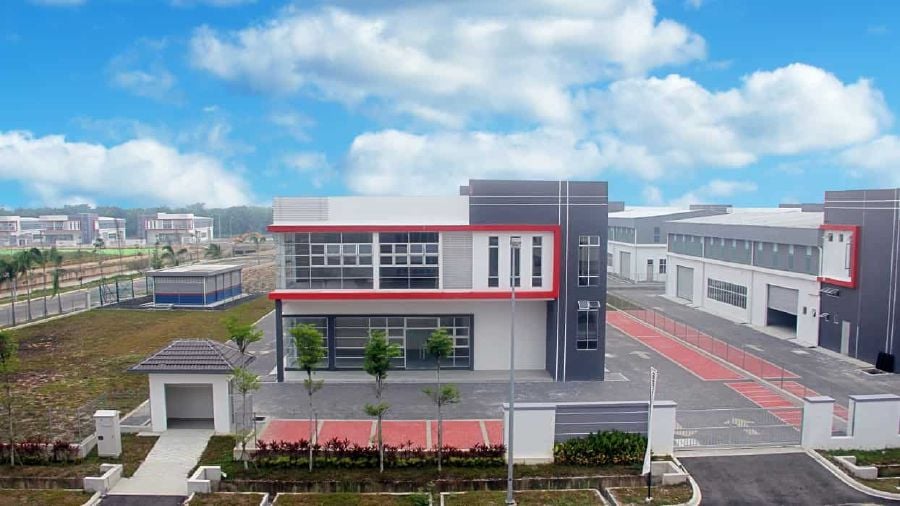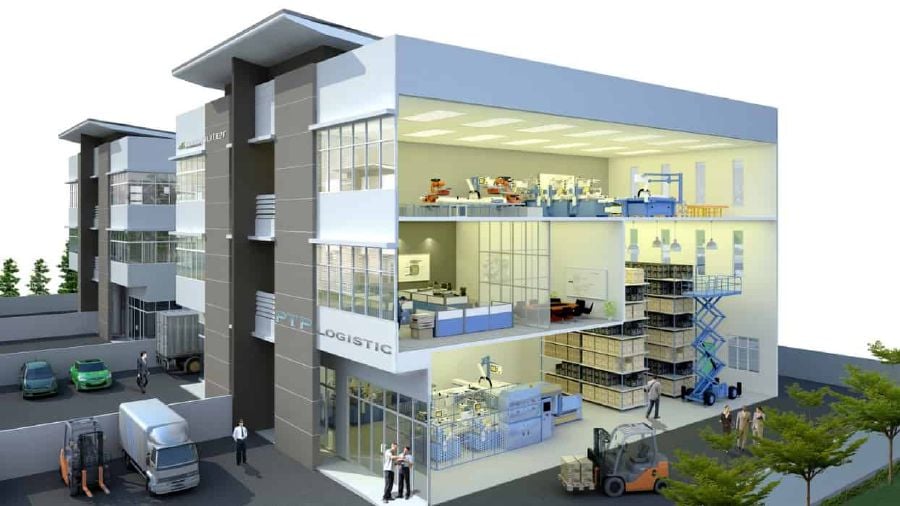By NST Property/ Kathy B. - October 18, 2023
KUALA LUMPUR: Malaysia's southern state of Johor is intensifying efforts to improve the local market environment, making it more appealing to investors and boosting the region's prowess.
An industry insider said this should open new doors in the country's economic transition.
"Johor has announced several measures so far this year to optimise its business environment. This includes the revival of the Kuala Lumpur-Singapore high-speed rail, the setting up of an international financial hub in Forest City, and the Johor-Singapore special economic zone (SEZ).
"Other game-changers include the RTS and the double-track electrified rail project, which is expected to be completed by 2025. All of these new developments are making Johor Bharu a popular investment destination," said Sr. Samuel Tan, executive director at KGV International Property Consultants.
He told NST Property that, in addition to manufacturing, Johor should focus on services such as education, healthcare, information technology, finance, and logistics.
Looking to turn itself to Shenzhen, China's so-called Silicon Valley, Johor plans to attract more foreign investment through the SEZ and seek a stronger footing in the push for the Greater Iskandar Malaysia region.
The Johor state government is confident that the SEZ and the Special Financial Zone (SFZ) will catalyse the state's economic growth.

Menteri Besar Datuk Onn Hafiz Ghazi said in a Facebook post yesterday that the SFZ and SEZ could strengthen Johor's position as Singapore's most important strategic partner.
He disclosed that representatives from the Johor State Economic Planning Division, the Iskandar Regional Development Authority, and the Forest City Regional Management met at the Menteri Besar's official residence to discuss the SFZ.
"There were several proposals by Forest City to create the best financial hub ecosystem, such as constructing a route from the LINKEDUA highway directly to Forest City and creating 10,000 new jobs within 10 years.
"Another proposal is to ease cross-border travel by creating multiple entry visas and a fast-track immigration clearance lane, as well as special tax and incentive packages," he said.
Banking and finance, capital markets, financial and innovation technology, Islamic finance, property management, and insurance and risk management are among the six financial sector proposals being refined, according to him.
"I was also informed that several renowned hospitals, international schools, and higher education institutions have also expressed their interest in becoming part of the SFZ eco-system in Forest City.
"Hopefully, this economic spillover will benefit all Johorians and achieve Johor's aspiration to become a developed state by 2030," he said.
Onn Hafiz had previously said that Johor has the potential to flourish like Shenzhen if SEZ becomes a reality.
He said that in the four decades since it was made a special economic zone, Shenzhen has transformed from a small city with a population of about 300,000 people to a high-tech international metropolis with a population of over 17 million.
It took the once sleepy fishing village of Shenzhen just four decades to turn itself into a thriving technology hub, arguably eclipsing its neighbour, Hong Kong, in the process.
In those four decades, Shenzhen's gross domestic product (GDP) in 2021 exceeded three trillion yuan (more than US$400 billion), while it has become the third largest city in China.
"What Shenzhen has achieved also proves that the Johor-Singapore SEZ can produce the best results for Johor," he said.
Johor is one of the country's most prosperous states
Deputy Finance Minister Steven Sim said in his speech during the launch of a pedestrian skybridge linking Coronation Square to the JB Sentral station in June that Johor is at the forefront of the country's economy.
He said that through the Madani budget, the unity government has increased its allocation from year to year, with RM897.62 million in 2022 and an estimated RM914.03 million this year, with an addition of RM4.53 billion for development projects.
Sim said that in 2022, Johor ranked at the top among five states with the highest foreign direct investments, followed by Selangor (RM60.1 billion), Sarawak (RM28.2 billion), Kuala Lumpur (RM25 billion), and Penang (RM16.3 billion)," he said in his speech at the skybridge launch.
According to RHB Investment Bank Research (RHB IB), further catalytic developments in Johor Bahru may be focused on the Malaysia-Singapore Second Link area, as indicated by Johor executive council member for investment, trade, and consumer affairs Lee Ting Han.
"During our meeting, Lee indicated that the SEZ may involve a few specific sectors, and the finalisation of the terms of reference during the upcoming meeting at the end of this month by the two countries's leaders should facilitate further talks on collaboration," it noted.
RHB IB said Lee believes that Johor is a beneficiary of the US-China trade war, as he has received strong interest from multinational corporations since the borders reopened.
"The fast-lane service has eased the entry of corporations in the digital economy, pharmaceuticals, electrical and electronics, electronics manufacturing services, chemicals and petrochemicals, and aerospace sectors," it said.
RHB IB has maintained an "overweight" call on the real estate sector, identifying UEM Sunrise Bhd and Sunway Bhd as the major players in the Johor market.
Source: https://www.nst.com.my/property/2023/10/968335/johor-ups-its-game-become-next-shenzhen-order-attract-investors

